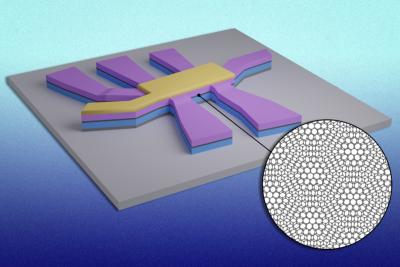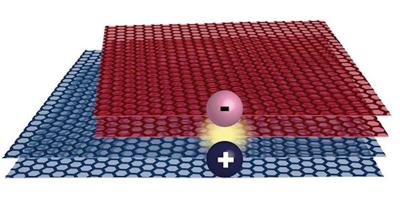Graphene and tungsten diselenide combination can boost superconductivity
Researchers from California Institute of Technology (Caltech) and Japan's National Institute for Materials Science have shown that when tungsten diselenide is added to graphene, graphene's electrical properties can be enhanced.
When two or more graphene sheets are stacked on top of each other, the resulting material can exhibit vastly different electronic properties depending on the alignment of those sheets in relation to one another. For instance, when the second sheet of graphene is "twisted" by just 1.05 degrees (a value known as the "magic angle") in relation to the sheet it is laid on top of, the resulting stack can be either a superconductor that conducts electricity with absolutely no resistance whatsoever or an insulator that completely blocks the passage of electricity. Research conducted in 2022 shows that even untwisted graphene bilayers can exhibit superconductivity. Untwisted bilayers of graphene are easier to fabricate in bulk than their twisted counterparts, but the superconductive state in these untwisted bilayers is more delicate, harder to tune, and only occurs at temperatures that are about a hundred times lower than in twisted structures (such temperatures typically can only be achieved through the use of liquid helium). The recent research shows a way to significantly improve upon this fragile superconductivity with tungsten diselenide.

